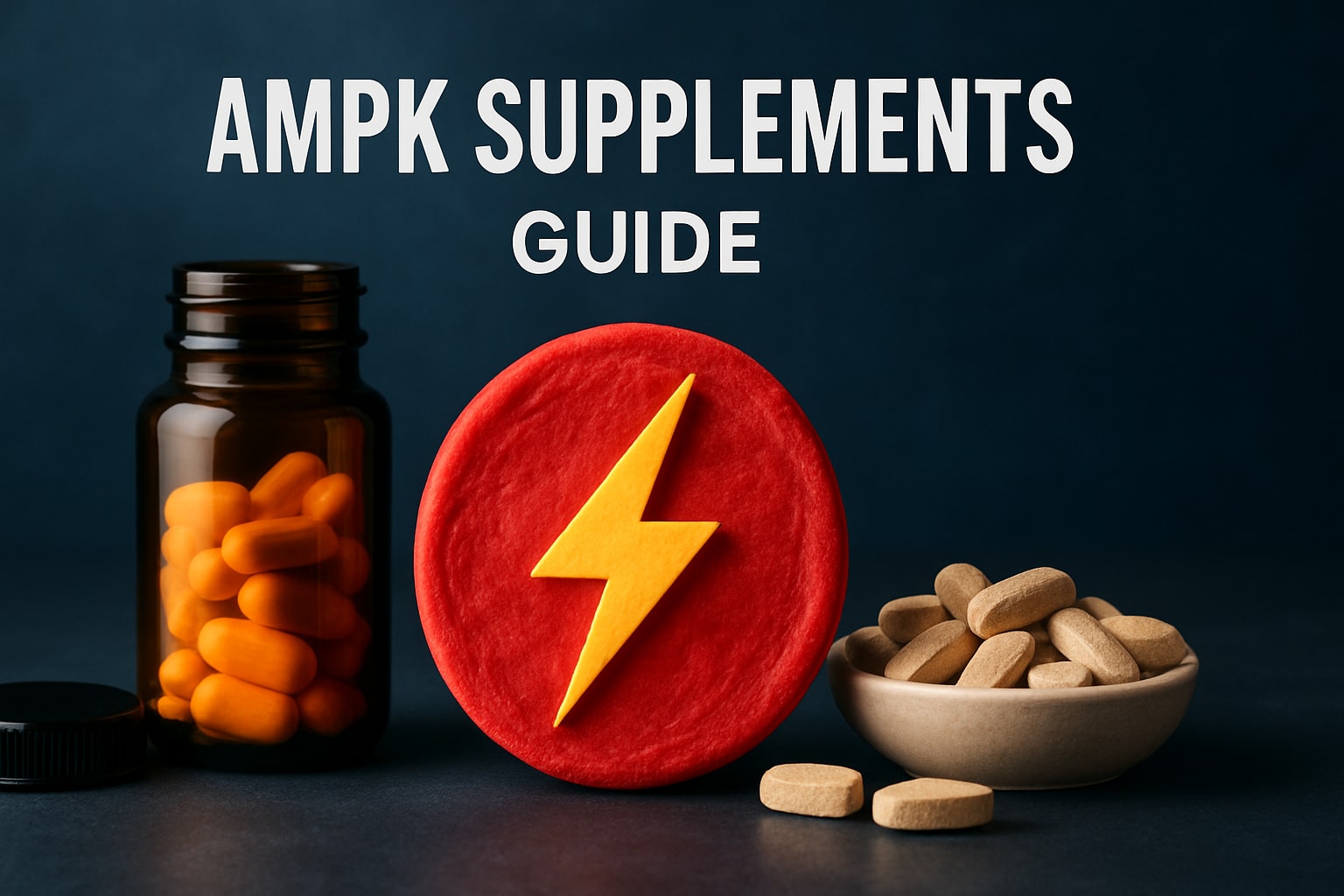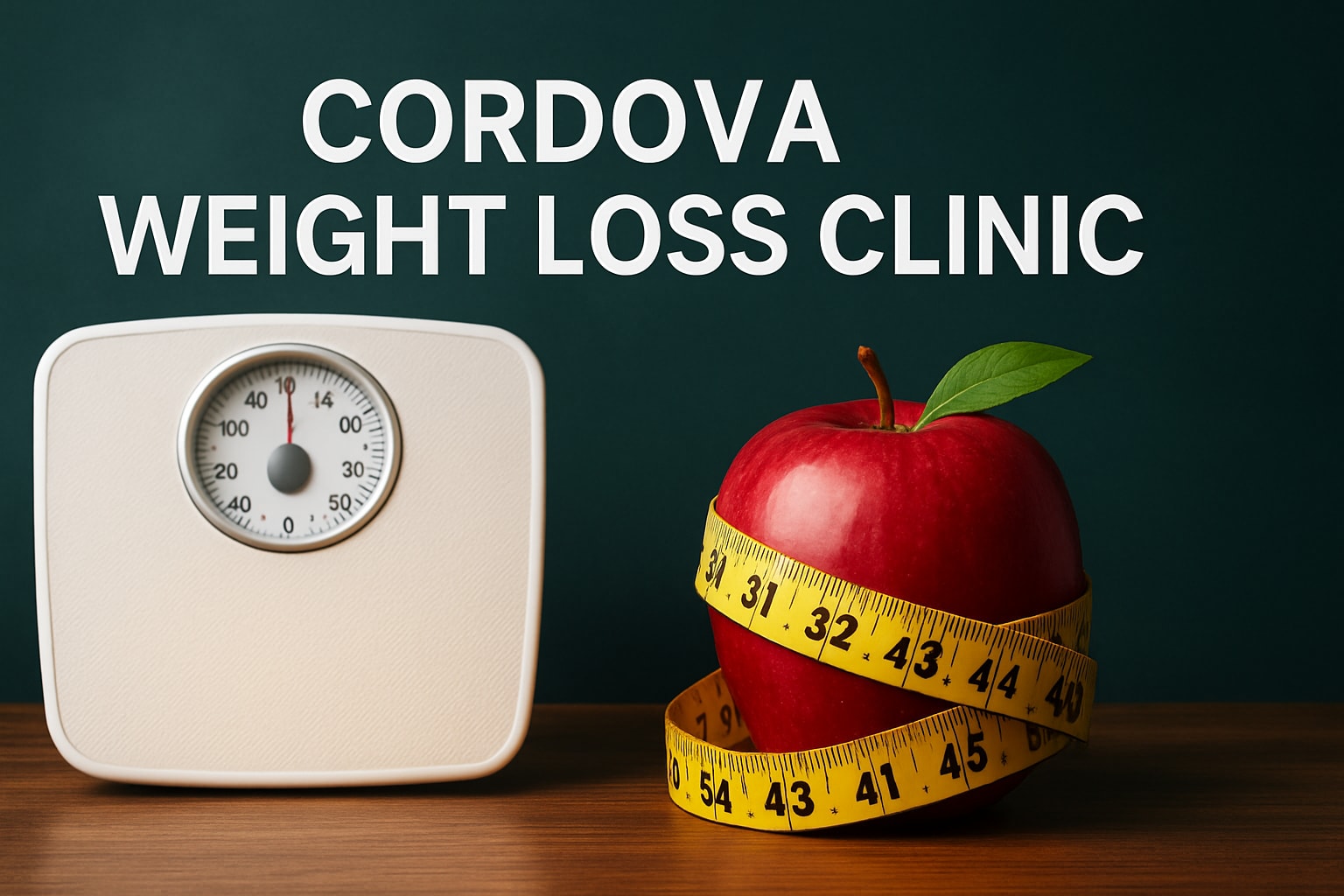Curious if a weight loss patch can really help you slim down in 2025? With new formulas and social media buzz, more people are exploring this option than ever before. Still, many wonder if these patches are effective or even safe.
This guide will break down exactly what a weight loss patch is, how it works, the benefits and risks, and what to look for this year. Imagine supporting your journey without pills or injections. Ready to learn more? Read on for expert insights into types, ingredients, effectiveness, safety, and buying tips. For more resources, visit Oneleaf’s weight loss program.
What Are Weight Loss Patches and How Do They Work?
The weight loss patch has become a popular topic for those seeking easier ways to manage their weight. But what exactly is a weight loss patch, and how does it work compared to more traditional methods?
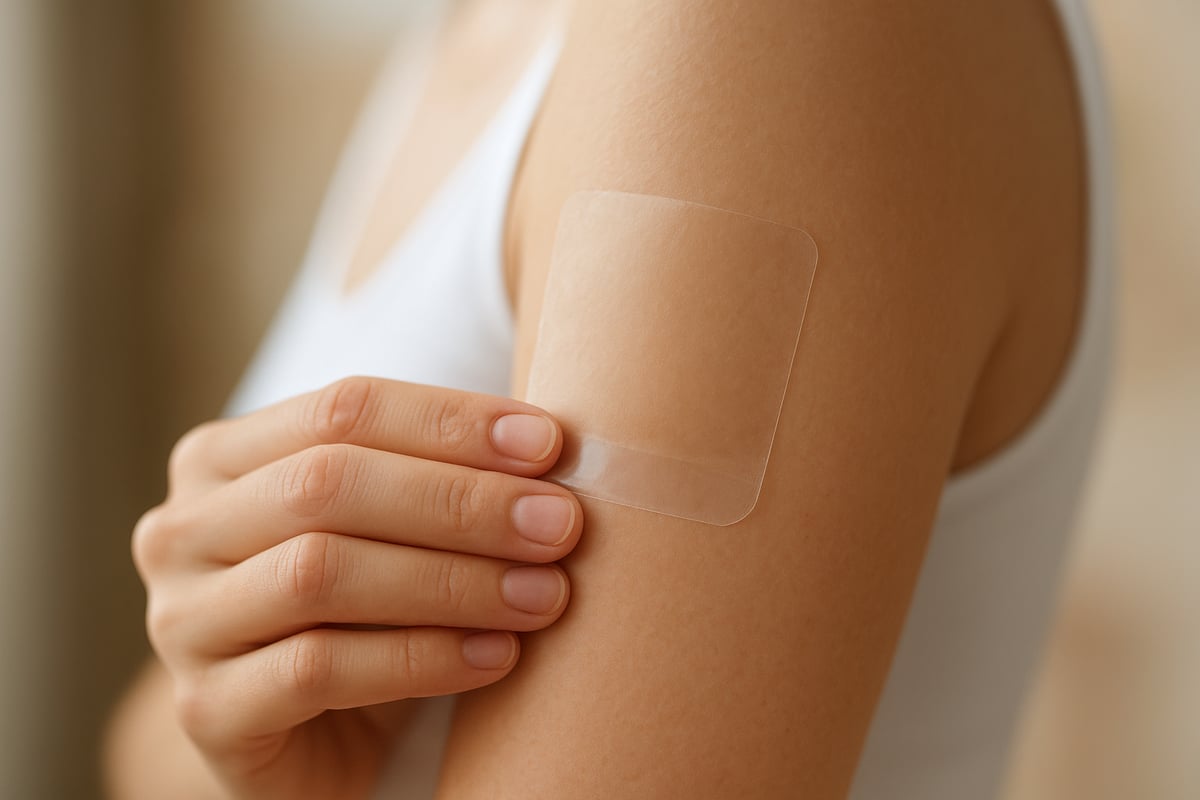
Definition and Basic Mechanism
A weight loss patch is a small, adhesive patch designed to deliver active ingredients directly through the skin. This approach, known as transdermal delivery, allows certain substances to enter the bloodstream without passing through the digestive system. Compared to oral supplements, a weight loss patch can offer more consistent absorption and may cause fewer stomach-related side effects.
When applying a weight loss patch, users simply place it on a clean, hair-free area of the body, such as the arm or abdomen. The patch is worn for several hours, depending on the product instructions. Many patches claim to support weight management in several ways, including:
- Suppressing appetite
- Boosting metabolism
- Promoting fat burning
Common ingredients found in a weight loss patch include caffeine, which may help increase energy expenditure, and green tea extract, known for its antioxidant and potential thermogenic effects. These substances are absorbed gradually through the skin, which some believe offers a steady release throughout the day.
Compared to pills or injections, a weight loss patch is non-invasive and convenient. It eliminates the need for swallowing capsules or managing needles, making it appealing for those seeking a hassle-free option. For a visual guide on how patches are applied, visit this resource.
The Rise of Weight Loss Patches in 2025
The popularity of the weight loss patch has soared in 2025, driven by a growing demand for convenient and innovative solutions. Market research shows a notable increase in consumer interest, with more people turning to patches as part of their wellness routines. Social media platforms are filled with testimonials and influencer endorsements, further boosting the trend.
Despite their growing presence, it is important to recognize that the regulation of these products remains limited. While some patches are marketed as dietary supplements and do not require FDA approval, there is ongoing debate about their effectiveness and safety. Oversight of ingredients and manufacturing processes can vary between brands.
Scientific research on the weight loss patch is still evolving. As highlighted in What to Know About Weight Loss Patches, there is a lack of large-scale human studies confirming the claims made by many products. Most evidence is based on individual ingredients rather than the patch format itself.
Ultimately, the weight loss patch reflects a broader movement toward simple, non-invasive weight management tools. However, consumers should approach these products with a critical eye and prioritize safety and evidence over hype.
Types of Weight Loss Patches and Key Ingredients
The range of weight loss patch products in 2025 is broader than ever. Understanding the types available, what goes inside them, and the latest innovations is essential before making a choice. This section will guide you through the landscape, helping you spot what matters most in a weight loss patch.
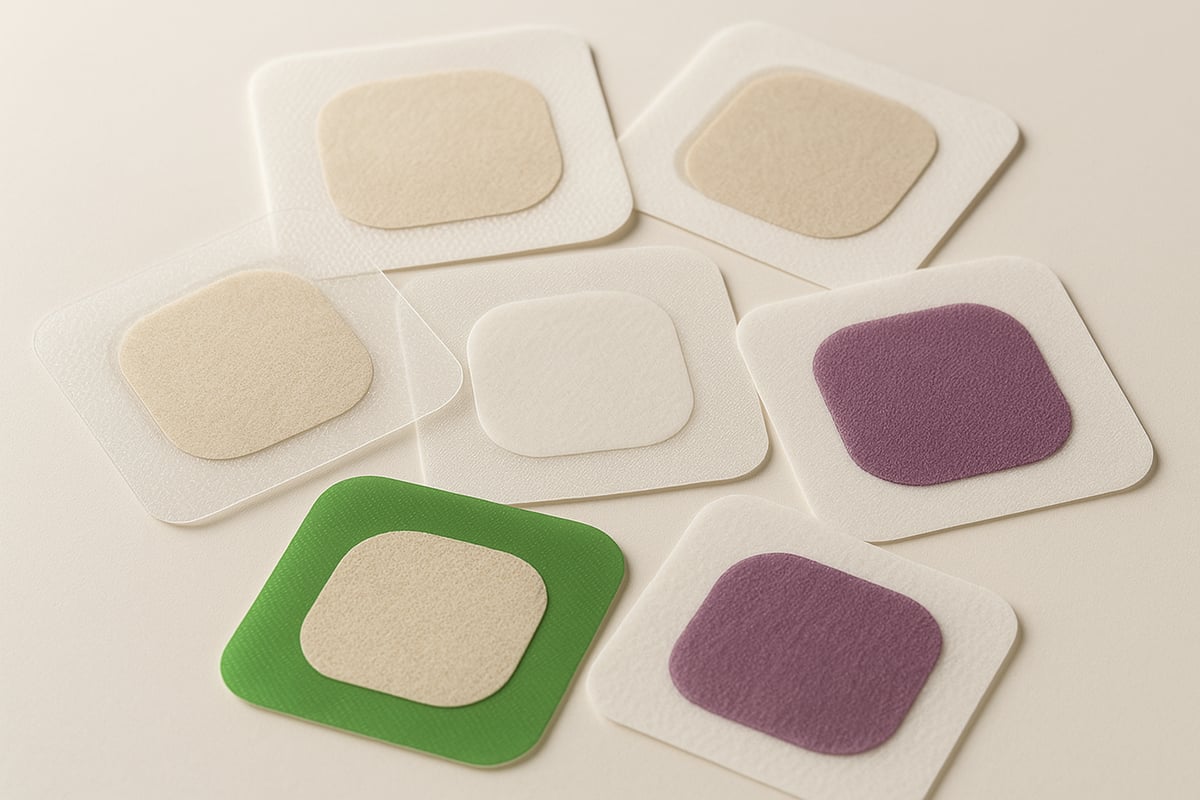
Common Types of Weight Loss Patches
Not all weight loss patch options are created equal. In 2025, you’ll find several main categories:
- Natural Ingredient Patches: These use plant-based or herbal extracts, popular for those seeking a holistic approach. Ingredients often include green tea, acai berry, or yerba mate.
- Prescription/Clinical Patches: Available in limited cases, these may include medically approved actives and are typically prescribed for specific conditions.
- Appetite Suppressant Patches: Designed to help curb cravings, these patches might contain garcinia cambogia or hoodia, ingredients linked to appetite control.
- Metabolism Booster Patches: These claim to increase calorie burn by boosting your metabolism, often featuring caffeine, green tea extract, or guarana.
- Fat-Burning Formula Patches: Marketed for targeting fat metabolism, these may combine several ingredients for a multi-pronged effect.
Each weight loss patch type offers a unique mechanism, but their effectiveness often depends on the quality and evidence behind the formula. For a deeper dive on choosing the right method for you, visit the Oneleaf Journal: 8 essential tips to choose the right weight loss program.
Choosing the correct weight loss patch starts with knowing your goals and understanding how each type is designed to work. Always check for ingredient transparency and reputable sourcing. For more information and a wide selection, visit Oneleaf’s weight loss program.
Popular Ingredients in 2025
A weight loss patch is only as effective as what’s inside it. The most common ingredients in 2025 include:
- Caffeine: Used for its thermogenic properties, caffeine may help increase metabolism and energy expenditure.
- Green Tea Extract: Rich in antioxidants, this ingredient is believed to support fat oxidation and metabolic rate.
- Garcinia Cambogia: Promoted for appetite suppression, though research is mixed on its effectiveness and safety.
- Acai Berry: Known for its antioxidant content, with some small studies suggesting a role in supporting overall health.
- Green Coffee Bean Extract: A 2021 study linked it with modest reductions in body fat, though more research is needed.
- L-carnitine: Supports fat metabolism, but evidence for significant weight loss is limited.
- Guarana and Yerba Mate: Both are natural stimulants, included for their potential to boost energy and metabolic rate.
- Emerging Ingredients: Newer patches may feature slow-release formulas or multi-layer designs for better absorption.
The blend of ingredients in a weight loss patch can be complex. Some brands use proprietary formulas, making it hard to know exact dosages. Always opt for products with full transparency. To learn more about metabolism boosters, read 5 ways to accelerate weight loss by boosting metabolism.
If you want to see ingredient lists and user reviews, check Oneleaf’s weight loss program. For more on natural ingredients, explore the Oneleaf Journal: Natural Ingredients for Weight Loss.
What’s New for 2025?
Innovation is moving fast in the weight loss patch market. The latest trends for 2025 include:
- Enhanced Delivery Systems: New patches use slow-release or multi-layer technology to provide steady absorption over time.
- Improved Adhesion: Better materials mean patches stay put during daily activities and workouts.
- Holistic Multi-Ingredient Patches: Some products combine appetite suppressants, metabolism boosters, and antioxidants for all-in-one support.
- Greater Focus on Safety: Brands are beginning to share more about ingredient sourcing and third-party testing.
However, not all innovations guarantee results. Some ingredients lack strong scientific support, and not all patches are subject to rigorous testing. For a closer look at holistic solutions, visit Oneleaf’s weight loss program.
For more on safe practices and ingredient transparency, check out the Oneleaf Journal: Dangers of weight loss pills and dieting drugs. You can also find practical lifestyle tips in the Oneleaf Journal: 10 tips for weight loss during summer.
Selecting the right weight loss patch requires careful research and realistic expectations. Always consider how a patch fits into your overall health plan. For more guidance, visit Oneleaf’s weight loss program.
Do Weight Loss Patches Really Work? Evidence and Effectiveness
Curious whether a weight loss patch can truly deliver on its promises? With so much buzz around this trend, it is essential to look at the science and real-world experiences before making a decision. Here, we break down what current research, experts, and users reveal about the effectiveness of these patches in 2025.
What the Research Says
Scientific research on the weight loss patch is still developing. Most available studies focus on individual ingredients such as caffeine or green tea extract, rather than on the patches themselves. Animal studies and small-scale human trials suggest that some ingredients may have a modest effect on metabolism or appetite. However, large, independent, long-term human studies are currently lacking, as noted by Healthline and other industry sources.
Many studies are sponsored by manufacturers, which can lead to biased results. According to Weight loss patches: Do they work?, there is not enough high-quality evidence to confirm that a weight loss patch can consistently help people lose significant weight. Most reported results are minor and may not exceed what is possible with diet and exercise alone.
User testimonials often highlight rapid results, but these are not always supported by independent research. It is important to remember that individual responses to a weight loss patch vary widely. For more on current trends and studies, explore the Oneleaf journal on weight loss science.
Critical Factors Affecting Results
Several factors can influence how well a weight loss patch works for you. Consistency is key—patches must be applied as directed, usually daily, to maintain ingredient levels. The quality and dosage of active ingredients also play a significant role. Products with transparent ingredient lists and third-party testing are more likely to deliver on their claims.
Personal lifestyle matters, too. Even the best weight loss patch cannot compensate for poor eating habits or a sedentary routine. Achieving a calorie deficit remains the foundation of effective weight loss, as confirmed by multiple reviews. Many users find that patches work best as a supplement to healthy habits, rather than as a standalone solution. For tips on integrating patches into a broader plan, visit the Oneleaf weight loss program.
- Apply patches consistently
- Choose products with clear labeling
- Combine with a balanced diet and activity
Even with regular use, results are gradual and depend on individual metabolism, adherence, and lifestyle choices.
Expert and Consumer Perspectives
The medical community remains cautious about the weight loss patch. Most experts agree that, while some ingredients may offer marginal support, there is no "magic patch" for effortless weight loss. Physicians often recommend evidence-based methods, such as calorie control and exercise, as primary strategies.
Consumer reviews present a mixed picture. Some users report mild appetite suppression or increased energy, while others notice little change. The placebo effect and expectations can shape experiences, making it difficult to separate real benefits from perception. For more on proven approaches, read the Oneleaf journal on science-backed weight loss methods.
If you are considering a weight loss patch, review both clinical opinions and real user feedback. For a comprehensive overview of safe and effective strategies, visit Oneleaf’s weight loss program.
How Neuroscience-Based Approaches Can Complement Weight Loss Patches
Lasting weight loss is not just about what you put on your skin, but also what happens in your mind. Neuroscience-based approaches can help retrain your brain, making it easier to adopt healthier habits and resist cravings.
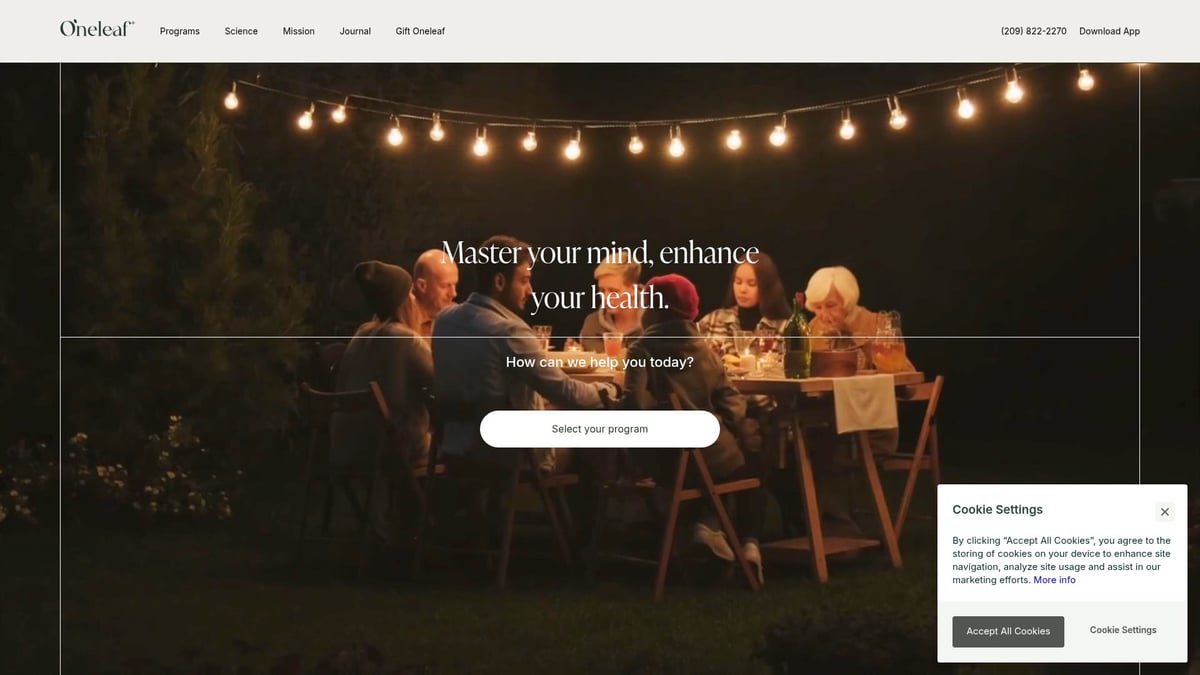
The Oneleaf app is designed to support your journey by addressing the mental side of weight management. It uses proven techniques to help you develop lasting routines, reduce emotional eating, and stay motivated. Combining a weight loss patch with a neuroscience-based program may lead to better outcomes than relying on a patch alone.
For example, users who pair patches with behavior change tools often report more sustainable progress. Explore how a holistic approach can boost your results by visiting the Oneleaf weight loss program. For additional insights on the role of mindset, check out the Oneleaf journal on mindset and lasting weight loss.
Safety, Side Effects, and Risks in 2025
The popularity of weight loss patch products continues to grow, but understanding their safety profile is crucial before adding them to your routine. While some users report positive experiences, others encounter side effects or unexpected reactions. It is important to know what to expect, how to minimize risks, and who should be cautious when considering a weight loss patch.
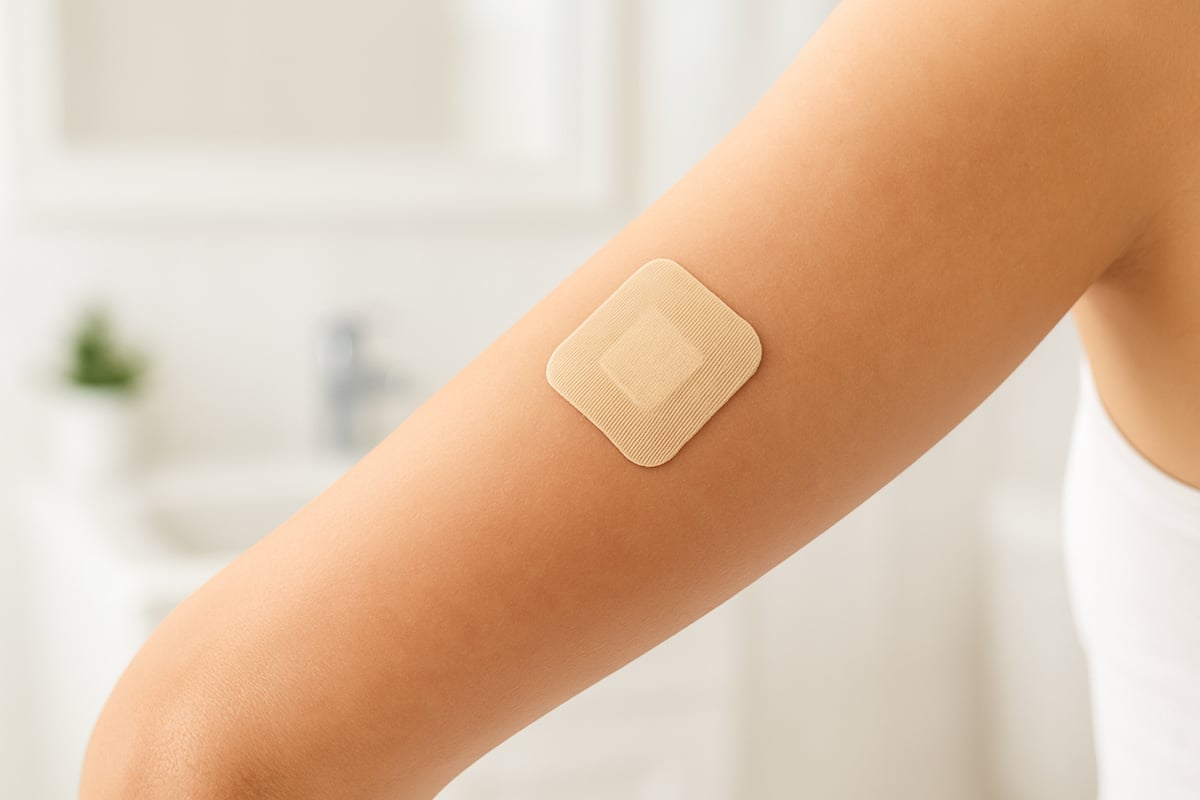
Common Side Effects and Considerations
Using a weight loss patch may lead to a range of side effects, most commonly involving the skin. Many people experience mild to moderate irritation, redness, or even rashes at the application site. For those with sensitive skin or allergies to adhesives, these reactions may be more pronounced.
Some ingredients in a weight loss patch can also cause systemic side effects. For instance, stimulants like caffeine or guarana may contribute to headaches, jitteriness, or increased heart rate. Other ingredients, such as garcinia cambogia, have been linked to more serious risks, including rare cases of liver toxicity. It is important to be aware that supplements, including patches, are not always as rigorously tested as prescription medications.
Research comparing the effectiveness and safety of fat burners or thermogenic supplements to lifestyle changes finds that diet and exercise often remain the safest and most effective approaches. For additional insight, see this systematic review and meta-analysis on fat burners and thermogenic supplements versus diet and exercise for weight loss and cardiometabolic health.
Regulatory and Quality Issues
The regulatory landscape for the weight loss patch industry remains complex in 2025. Although some patches are marketed as dietary supplements, many are not subject to strict FDA approval or oversight. This lack of regulation opens the door to inconsistent dosing, contamination, and even counterfeit products on the market.
Choosing a weight loss patch from a reputable brand is essential. Look for products that provide transparent ingredient lists, third-party testing, and positive customer reviews. Statistics show that a significant percentage of supplements sold online are counterfeit or unsafe, which increases the risk for consumers. Always verify the source before making a purchase and avoid products with unrealistic claims.
Who Should Avoid Weight Loss Patches?
Not everyone is a good candidate for a weight loss patch. The following groups should avoid these products unless approved by a healthcare provider:
- Pregnant or breastfeeding individuals
- People with known allergies to adhesives or any patch ingredient
- Those taking prescription medications or with chronic health conditions
- Children and teenagers, since safety is not established for these ages
For more guidance on safe practices, visit the Oneleaf journal on Safe Weight Loss Practices. Consulting a professional is always recommended before starting any new supplement, including a weight loss patch.
Red Flags and When to See a Doctor
Be alert to warning signs that may indicate a problem with a weight loss patch. Common red flags include:
- Persistent skin irritation or blistering
- Severe headaches, nausea, or dizziness
- Signs of an allergic reaction, such as swelling or difficulty breathing
- Any symptoms that do not improve after removing the patch
If you notice any of these issues, stop using the product immediately and consult a healthcare provider. Report adverse reactions to the appropriate health authorities, and always discuss new supplements with your doctor, especially if you have underlying health conditions or take medications. Vigilance and open communication with your medical team are key to using a weight loss patch safely.
How to Choose and Use a Weight Loss Patch in 2025
Selecting the right weight loss patch in 2025 means navigating a crowded marketplace, where quality and safety vary widely. To set yourself up for success, it is crucial to know what to look for, how to use patches effectively, and how to avoid common pitfalls. This section will guide you step by step, ensuring you make informed decisions and maximize your weight loss journey.
What to Look for Before Buying
Before purchasing any weight loss patch, scrutinize ingredient transparency and labeling. Reliable brands clearly list all active components and their dosages, avoiding vague proprietary blends. Third-party testing or certifications offer added assurance of safety and quality.
Evaluate the manufacturer’s reputation. Look for reviews on independent sites and check if the brand provides clinical evidence or links to studies, such as those highlighted in the Oneleaf journal. Be cautious of products promising rapid, unrealistic results. For a holistic approach, explore Oneleaf’s weight loss program, which combines science-backed methods with transparency.
- Check for ingredient clarity and full disclosure.
- Seek third-party certifications or lab results.
- Read customer reviews and testimonials.
- Avoid products with extravagant claims.
- Prefer brands with a strong scientific foundation.
Step-by-Step Guide to Using Weight Loss Patches
Proper application of your weight loss patch is key to both safety and effectiveness. Always read instructions and warnings before starting. Follow these steps for optimal results:
- Read the product’s instructions thoroughly.
- Select a clean, dry, hair-free area of skin (such as the upper arm or abdomen).
- Apply the patch firmly, ensuring it adheres fully.
- Wear the patch for the recommended duration (usually 8–24 hours, depending on the product).
- Remove the patch gently and inspect your skin for any irritation.
- Rotate application sites to prevent sensitivity.
- Monitor for side effects and stop use if you notice any adverse reactions.
For additional support and guidance, Oneleaf’s weight loss program offers resources and personalized strategies.
Tips for Maximizing Results
To get the most from your weight loss patch, integrate it into a broader health plan. Combine patch use with balanced nutrition, consistent exercise, and adequate sleep. Track your progress and adjust habits as needed for sustainable change.
- Eat a diet rich in whole foods and fiber.
- Stay hydrated throughout the day.
- Engage in regular physical activity, including both cardio and strength training.
- Manage stress with mindfulness or relaxation techniques.
- Log your journey using a journal or digital app for accountability.
Research, such as the Effectiveness of weight loss and maintenance interventions in women, confirms that combining interventions leads to better results than relying on a single method. For more tips on sustainable strategies, visit the Oneleaf journal.
Where to Buy Weight Loss Patches Safely
Only purchase a weight loss patch from reputable sources. Official brand websites, trusted online retailers, and licensed pharmacies provide the best assurance against counterfeit or unsafe products. Avoid unknown sellers or overseas suppliers, where risks of contamination and mislabeling are higher.
Check for customer support options and clear return policies. For a safe, convenient starting point, explore Oneleaf’s weight loss program, which offers vetted products and expert guidance.
- Official brand websites
- Trusted online retailers and pharmacies
- Direct links to Oneleaf’s weight loss program
For an in-depth look at safe purchasing, read the Oneleaf journal on safe weight loss practices.
Frequently Asked Questions
How long does it take to see results from a weight loss patch?
Most users report noticing changes within several weeks, but results vary based on individual metabolism and lifestyle habits.
Can you use a weight loss patch with other supplements or medications?
Consult your healthcare provider before combining a weight loss patch with other products, especially if you have underlying health conditions.
Are patches suitable for long-term use?
Long-term safety data is limited. Review the ingredient list and rotate application sites to minimize irritation. For ongoing support, consider Oneleaf’s weight loss program.
What should you do if you miss a day?
Resume your routine as soon as possible. Missing an occasional day is unlikely to affect long-term progress.
How should you store patches safely?
Keep your weight loss patch supply in a cool, dry place, away from direct sunlight and out of reach of children.
For more detailed answers and the latest science, visit the Oneleaf journal and Oneleaf’s neuroscience-based approach.
Alternatives and Complementary Strategies for Weight Loss
Exploring alternatives and complementary strategies can help you maximize your results with a weight loss patch. In 2025, combining innovative tools with proven methods is key for sustainable success. Let’s examine practical lifestyle changes, evidence-based therapies, and ways to redefine your weight loss journey.
Lifestyle Changes That Work
The foundation of any effective weight loss patch routine is healthy lifestyle habits. Maintaining a calorie deficit is essential for losing weight, regardless of the method you choose. Focus on whole foods, balanced meals, and portion control to support your goals.
Daily movement matters. Incorporate regular exercise, such as brisk walking, cycling, or strength training. Physical activity helps boost metabolism and enhances the benefits of any weight loss patch. Prioritize sleep and manage stress, as both can impact cravings and metabolism. For more practical tips, check out the Oneleaf journal on healthy routines.
Combining a weight loss patch with these habits may increase your chances of long-term success. Remember, patches are most effective when used alongside a consistent, healthy lifestyle. For additional support, visit Oneleaf’s weight loss program.
Evidence-Based Alternatives
If you are considering alternatives to a weight loss patch, several science-backed options are available. Prescription medications, such as GLP-1 receptor agonists, have shown promise for certain individuals, but always require medical supervision.
Behavioral therapies, coaching, and digital programs can help you address the mental and emotional aspects of weight management. Mindfulness practices, like meditation and mindful eating, are also gaining traction for helping individuals build healthier habits. Read more about these methods in the Oneleaf journal on science-based weight loss.
Combining a weight loss patch with evidence-based therapies may provide holistic support. Explore Oneleaf’s neuroscience approach for a comprehensive strategy.
Combining Patches with Other Methods
A multi-modal approach can be especially effective. Using a weight loss patch alongside structured programs—such as behavioral coaching, nutrition tracking, or digital support—may enhance your results. Always consult a healthcare professional before starting multiple interventions.
Consider these strategies for a balanced plan:
- Use a weight loss patch as a supplement, not a replacement, for healthy habits.
- Pair patches with regular exercise and personalized nutrition plans.
- Monitor your progress with an app or journal.
Oneleaf’s weight loss program offers resources that combine neuroscience-based strategies with practical tools, supporting you throughout your journey. For more on blending methods, read the Oneleaf journal on combining approaches.
Redefining Success in Weight Loss
Success with a weight loss patch is not just about numbers on a scale. Shifting your mindset to focus on overall health can make your journey more rewarding. Celebrate non-scale victories like better energy, improved mood, and increased confidence.
Set realistic expectations, aiming for gradual, sustainable progress. Building healthy habits for maintenance is crucial. The Oneleaf journal on mindset and lasting weight loss offers insight into developing a positive outlook.
Remember, a weight loss patch is one tool among many. For guidance on setting achievable goals and tracking holistic progress, explore Oneleaf’s resources. With the right combination of mindset, lifestyle, and support, you can achieve lasting change.
As you explore the world of weight loss patches in 2025, it’s clear that making informed choices is more important than ever. With so many options and new ingredients out there, understanding what truly works—and what fits your unique needs—can feel overwhelming. That’s why combining the latest science with a personalized approach is key. If you’re curious about which strategies are right for you, and want to see how neuroscience-based habit change can support your goals alongside patches, take the next step and Start Quizz to get tailored recommendations for your journey.














